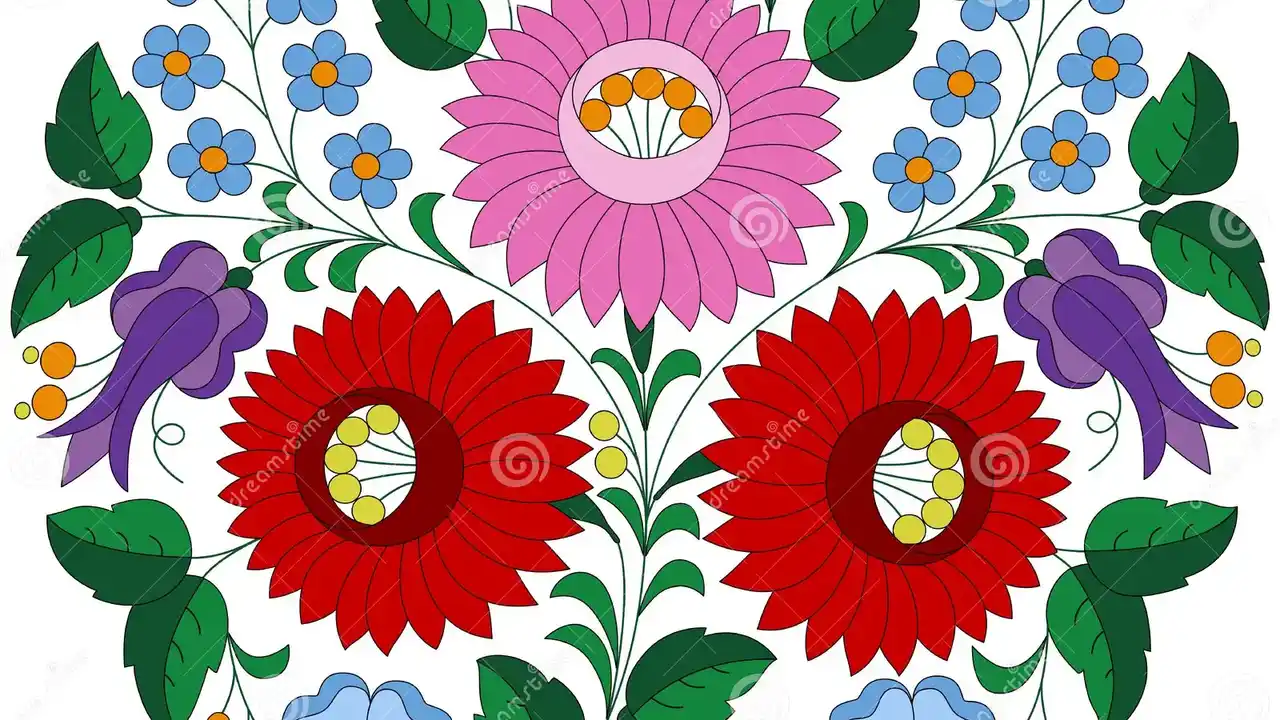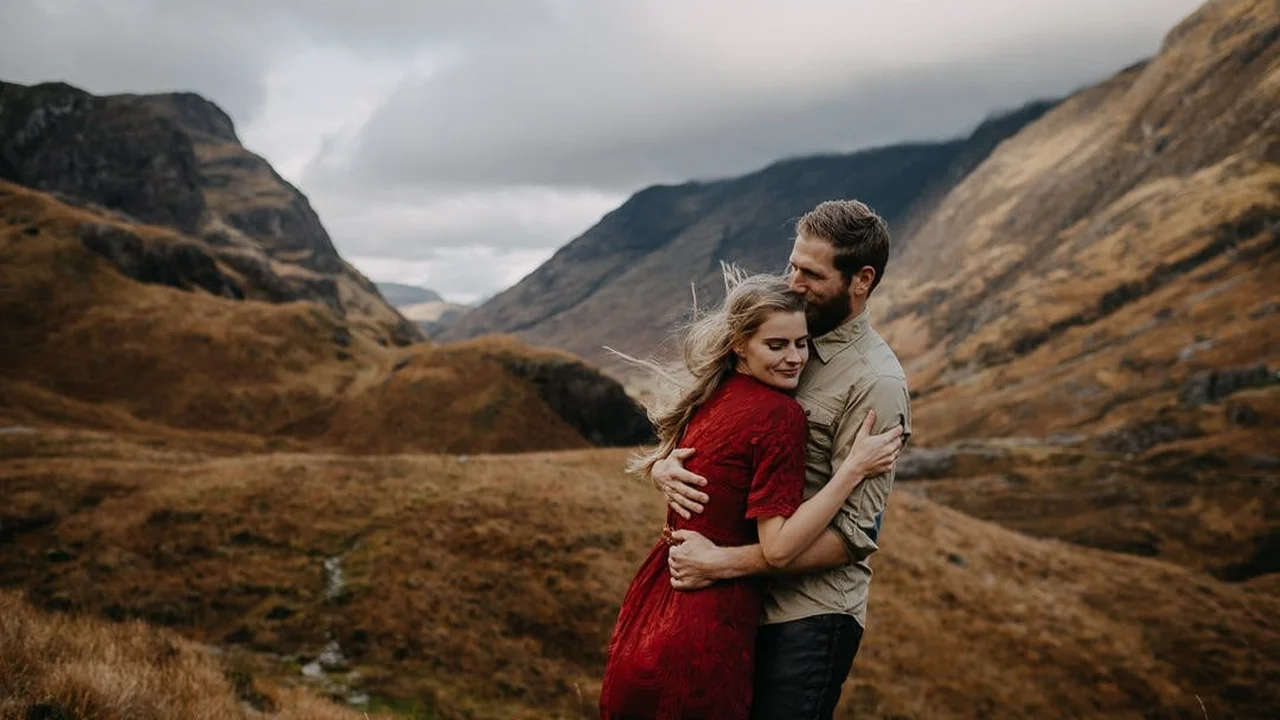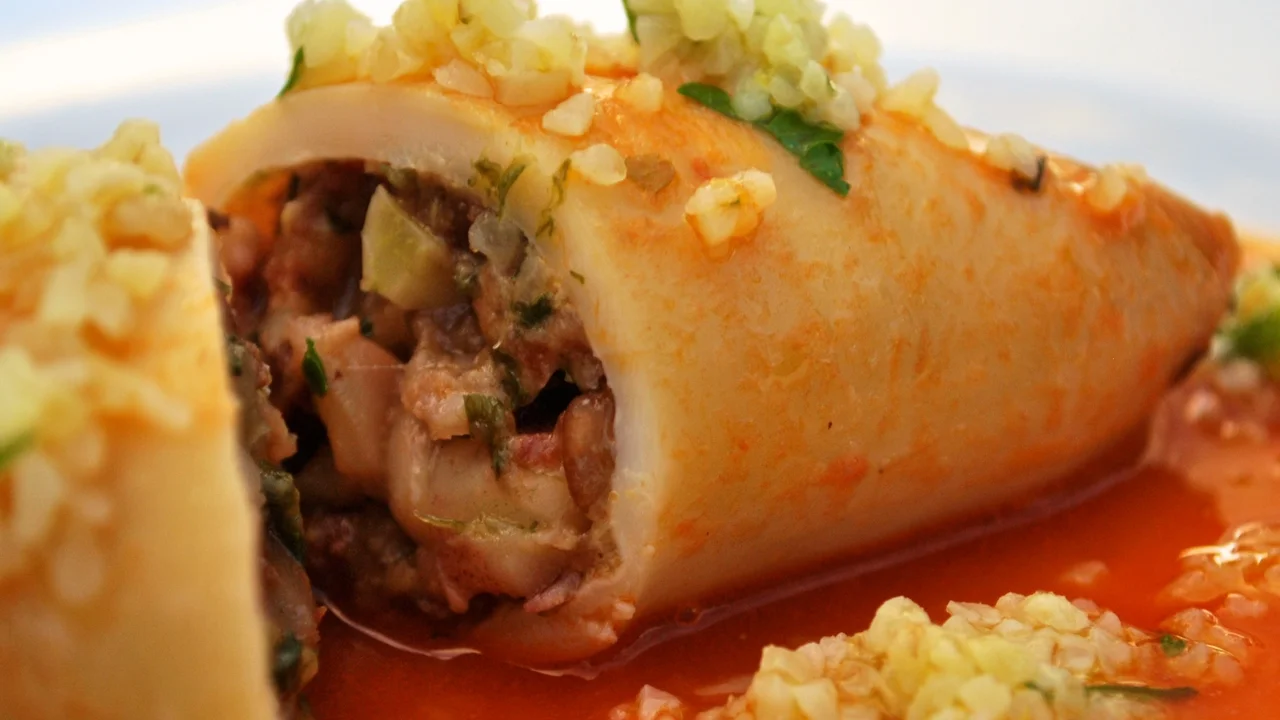Hungarian Folk Art: A US Tourist's Guide to Crafts
Sample meta description.

Introduction to Hungarian Folk Art and Culture
Hey there, fellow travelers! Planning a trip to Hungary? Get ready to dive headfirst into a world of vibrant colors, intricate patterns, and centuries-old traditions. We're talking about Hungarian folk art – a treasure trove of handcrafted goodies that'll make your souvenirs way more exciting than a generic keychain. This isn't just about pretty trinkets; it's about understanding the heart and soul of Hungarian culture. So, buckle up, because we're about to embark on a folk art adventure!
Understanding the Roots Traditional Hungarian Craftsmanship
Hungarian folk art isn't just some random craft fair stuff; it's deeply rooted in history. Think back to rural life, where people made their own tools, clothes, and decorations. These weren't just functional items; they were expressions of creativity, passed down through generations. Embroidery, pottery, wood carving – each craft tells a story about Hungarian life, beliefs, and values. Understanding this history adds a whole new layer of appreciation when you're browsing those market stalls.
Must-See Types of Hungarian Folk Art For Tourists
Alright, let's get down to the good stuff! What kind of folk art should you be on the lookout for? Here are a few absolute must-sees:
Embroidery The Art of Matyó and Kalocsa Stitching
Hungarian embroidery is seriously next-level. The Matyó and Kalocsa regions are famous for their distinctive styles. Matyó embroidery is bold and colorful, often featuring floral motifs. Kalocsa embroidery is known for its delicate white-on-white patterns, perfect for adding a touch of elegance to your home. Look for embroidered tablecloths, blouses, and wall hangings – they're stunning!
Pottery From Black Pottery to Habán Ware
Hungarian pottery is incredibly diverse. Black pottery, with its smoky finish, is a unique and striking style. Habán ware, with its colorful glazes and intricate designs, is another popular choice. From simple bowls to elaborate decorative pieces, you'll find pottery to suit every taste.
Wood Carving Traditional Shepherding Carvings and Furniture
Wood carving is a traditional craft, often associated with shepherding culture. Look for carved wooden boxes, pipes, and furniture. These pieces are often decorated with intricate geometric patterns and animal motifs.
Weaving and Textiles Carpets and Wall Hangings
Hungarian weaving traditions are rich and varied. Look for handwoven carpets, wall hangings, and textiles. These pieces are often made from natural materials like wool and linen.
Egg Painting Intricate Designs on Easter Eggs
Egg painting, especially around Easter, is a cherished tradition. These aren't just any painted eggs; they're works of art, decorated with intricate patterns and symbols.
Shopping for Authentic Hungarian Folk Art Where to Find the Best Crafts
So, where do you find these amazing crafts? Here are a few tips:
The Great Market Hall Budapest A Tourist Hotspot
The Great Market Hall in Budapest is a must-visit. You'll find a huge selection of folk art, along with local food and souvenirs. Be prepared to haggle a bit!
Folk Art Shops and Galleries in Budapest and Other Cities
Look for dedicated folk art shops and galleries. These often offer a more curated selection of high-quality crafts.
Local Markets and Fairs Outside of Budapest
Venture outside of Budapest and you'll find local markets and fairs, especially in smaller towns and villages. This is where you'll find the most authentic and unique pieces.
Product Recommendations Detailed Reviews and Pricing
Matyó Embroidered Blouse
Description: A hand-embroidered blouse from the Matyó region, featuring bold floral designs on a black background. Made from high-quality linen. Uses: Perfect for special occasions, festivals, or adding a touch of Hungarian flair to your everyday wardrobe. Comparison: Compared to machine-embroidered blouses, these are much more durable and feature unique, handcrafted details. Cheaper machine-made options lack the charm and quality. Price: $150 - $300, depending on the complexity of the embroidery and the quality of the materials.
Kalocsa Embroidered Tablecloth
Description: A delicate white-on-white embroidered tablecloth from the Kalocsa region. Made from fine cotton. Uses: Ideal for dressing up your dining table for special occasions or adding a touch of elegance to your home decor. Comparison: Similar tablecloths from other regions may have different patterns or colors. The Kalocsa style is known for its refined and understated beauty. Price: $100 - $250, depending on the size and complexity of the embroidery.
Black Pottery Vase
Description: A striking black pottery vase with a smoky finish. Handcrafted using traditional techniques. Uses: Perfect for displaying flowers or as a standalone decorative piece. Comparison: Black pottery vases are unique due to the special firing process. Other pottery styles may have brighter colors or different shapes. Price: $50 - $150, depending on the size and design.
Carved Wooden Box
Description: A hand-carved wooden box with intricate geometric patterns. Made from sustainably sourced wood. Uses: Great for storing jewelry, small items, or as a decorative accent. Comparison: Similar boxes may be made from different types of wood or have different carving styles. Look for boxes with smooth finishes and well-defined carvings. Price: $40 - $100, depending on the size and complexity of the carving.
Painted Easter Egg
Description: A beautifully hand-painted Easter egg with intricate symbols and patterns. Uses: A collectible item, a beautiful decoration for Easter, or a unique gift. Comparison: The value of painted eggs depends on the artists, the region and the complexity of the design. Price: $10 - $50, depending on the complexity and artistic value.
Tips for Identifying Authentic Folk Art Avoid the Tourist Traps
Not all that glitters is gold, right? Here's how to spot the real deal:
Look for Handcrafted Details
Authentic folk art is usually handcrafted, so look for imperfections and unique details. Mass-produced items will often be too perfect.
Ask About the Origin and Materials
Don't be afraid to ask the seller about the origin of the piece and the materials used. A reputable seller will be happy to share this information.
Support Local Artisans
Whenever possible, buy directly from local artisans. This ensures that your money is going directly to the people who are keeping these traditions alive.
Caring for Your Hungarian Folk Art Preserving Your Treasures
You've got your amazing folk art souvenirs – now what? Here's how to keep them looking their best:
Cleaning and Storage Tips
Follow the specific care instructions for each type of craft. Generally, avoid harsh chemicals and direct sunlight. Store delicate items in a safe place to prevent damage.
Displaying Your Folk Art
Show off your treasures! Display them in a way that complements your home decor and protects them from damage.
Experiencing Folk Art Beyond Shopping Museums and Workshops
Want to take your folk art experience to the next level? Consider visiting museums and workshops:
The Museum of Ethnography Budapest
The Museum of Ethnography in Budapest has an extensive collection of Hungarian folk art.
Folk Art Workshops Hands-On Experiences
Many towns and villages offer folk art workshops where you can learn to embroider, pot, or carve wood. It's a fun and immersive way to experience the culture firsthand.
Conclusion (Omitted as requested)
Instead of a formal conclusion, just remember this: Hungarian folk art is more than just pretty things to buy. It's a window into the country's history, culture, and soul. So, go explore, get inspired, and bring home a piece of Hungary to treasure forever!
:max_bytes(150000):strip_icc()/277019-baked-pork-chops-with-cream-of-mushroom-soup-DDMFS-beauty-4x3-BG-7505-5762b731cf30447d9cbbbbbf387beafa.jpg)






